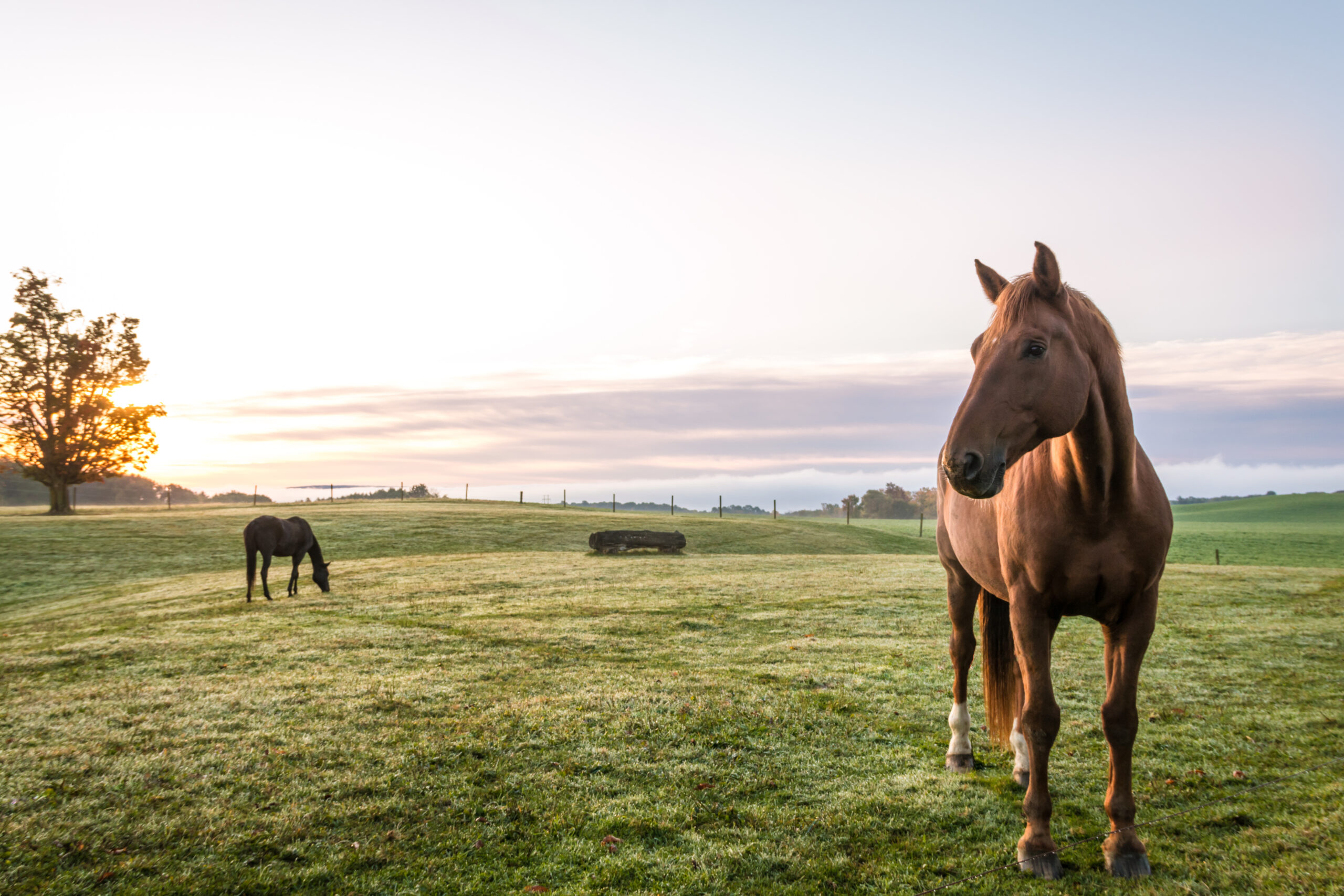Josie Lynn’s Blog
-
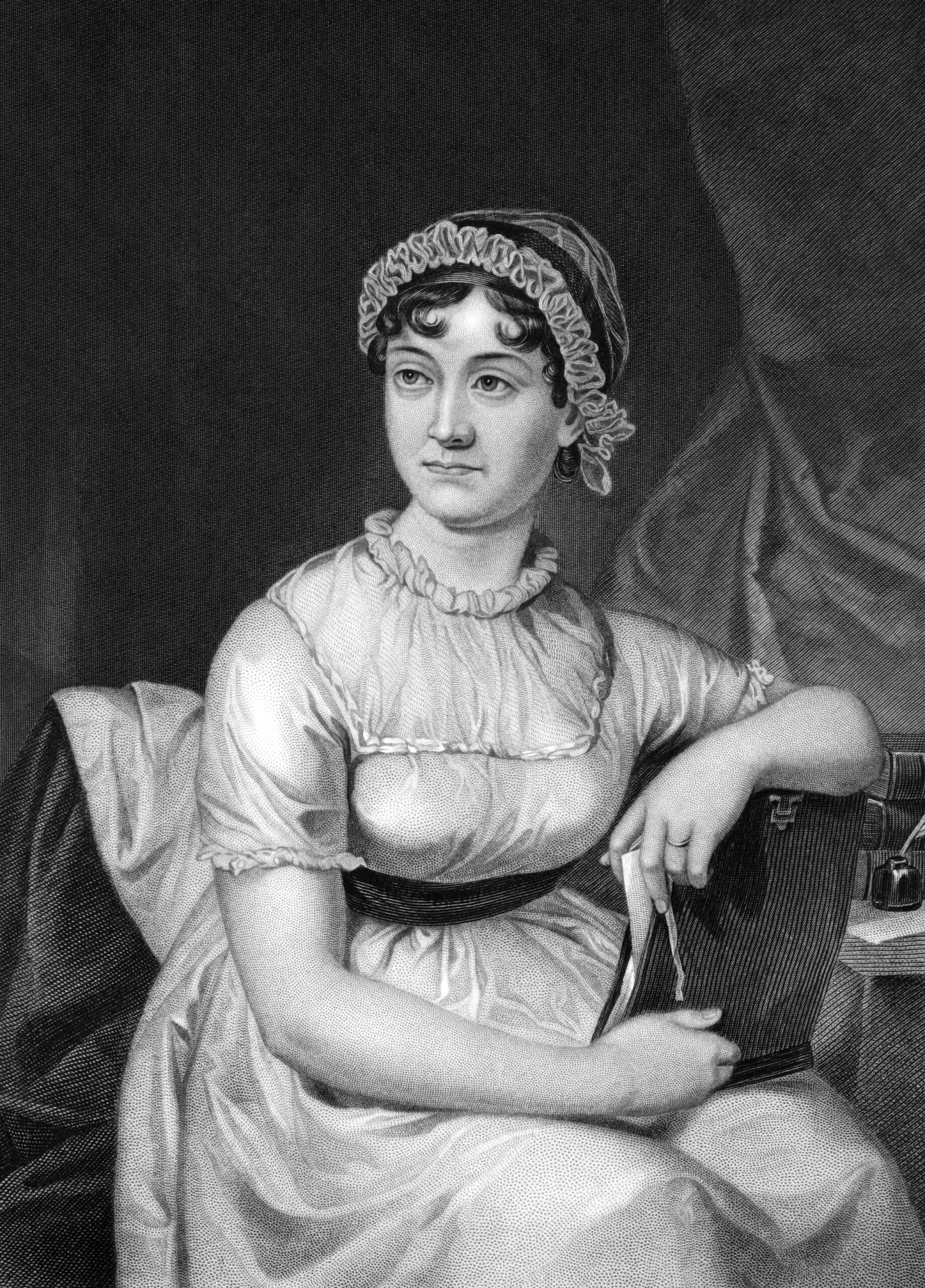
The Jane Austen Treatment
A handy guide to my series, Everything I Learned From Jane Austen (or The Jane Austen Treatment).
-
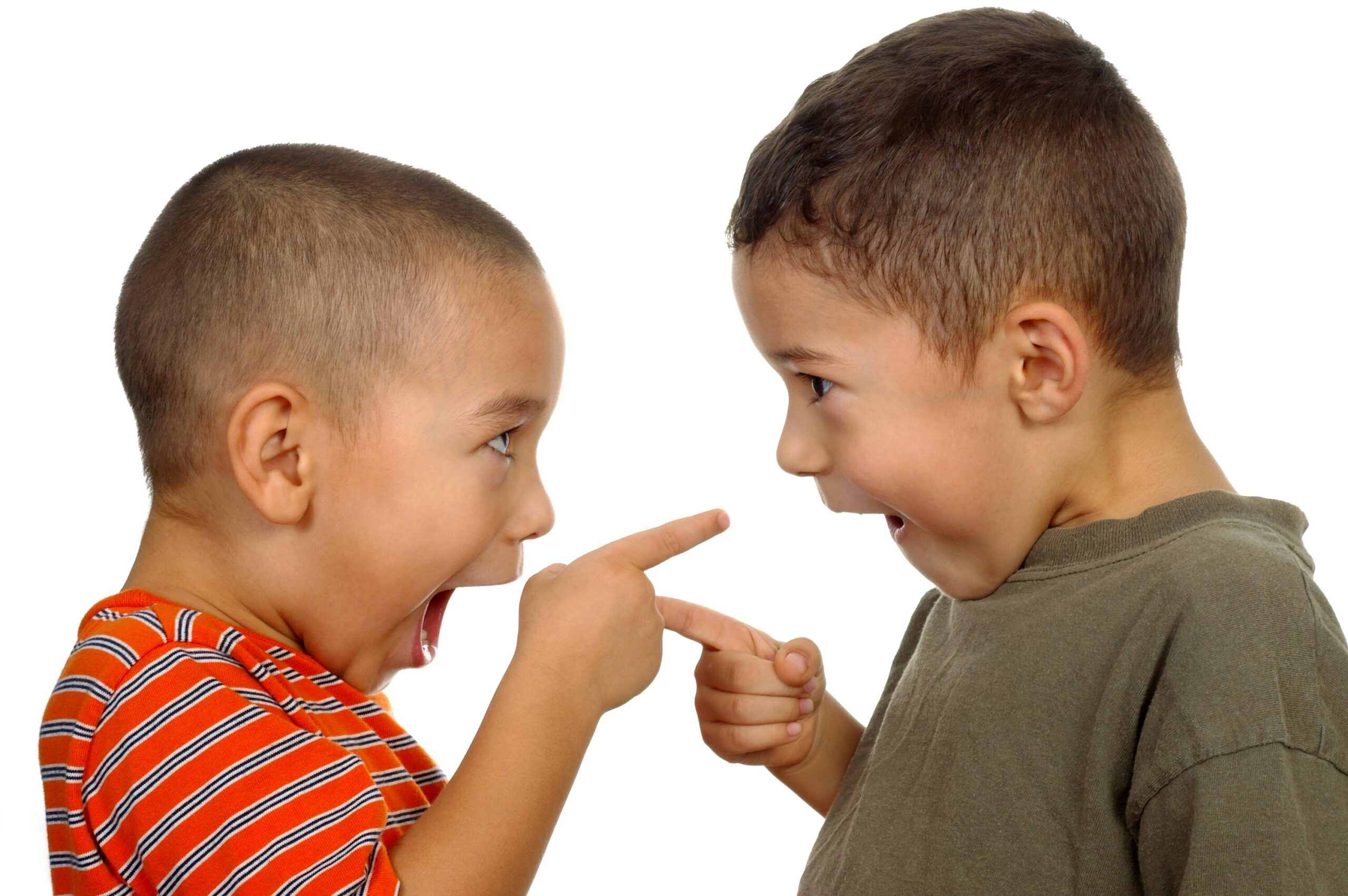
Use (or Choose) Your Words (Wisely)
Do words matter? You’d better believe they do. Just ask any kid.
-

The Scarlet Pimpernel: Book Review
I review The Scarlet Pimpernel, another childhood favorite. He reminds me of a certain mild-mannered reporter.
-

Whatchamacallit…Part One
What do you call a group of meerkats? The answer may surprise and delight you.
-
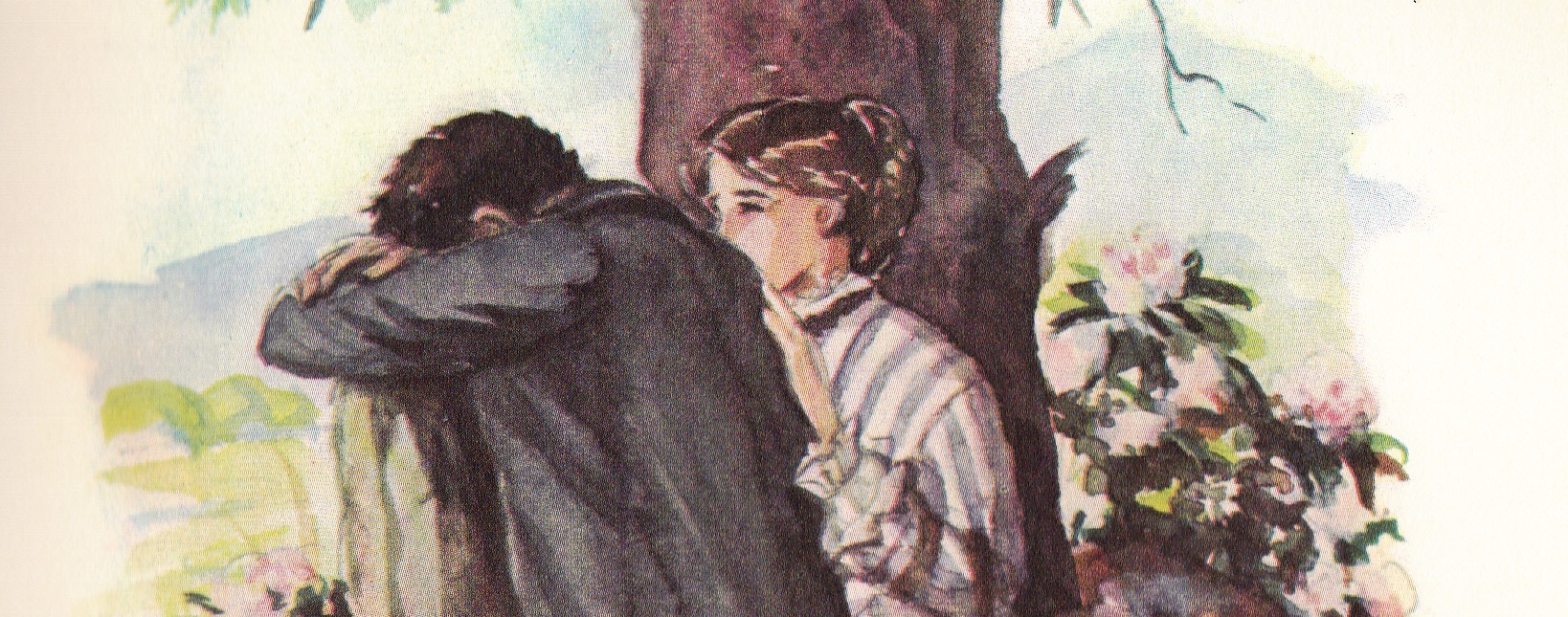
Little Women: Book Review
My review of my childhood all-time favorite book and the hard lessons learned from it.
-

Best Friends for Frances: Book Review
What makes a good BFF? Or in this case, a good BFFF? I review another childhood favorite.
-

Top 5 Botched Proposals
The course of true love never did run smooth. Fortunately these romantic duos get a mulligan.
-
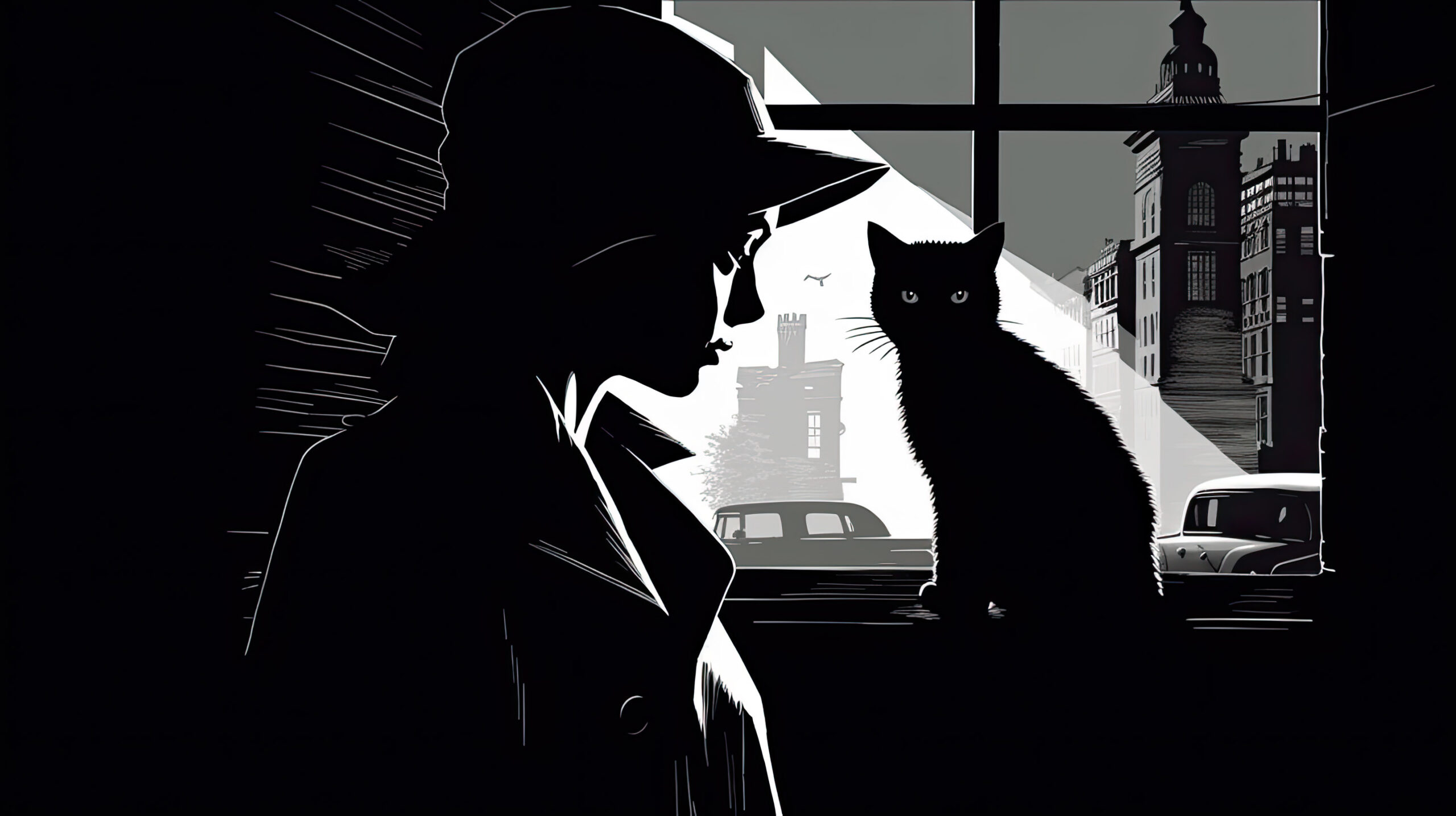
Lily’s Favorite Movie Cats
My literary kitty, Lily, takes over my blog (yet again) to share her list of movie cats, the best and the worst.



